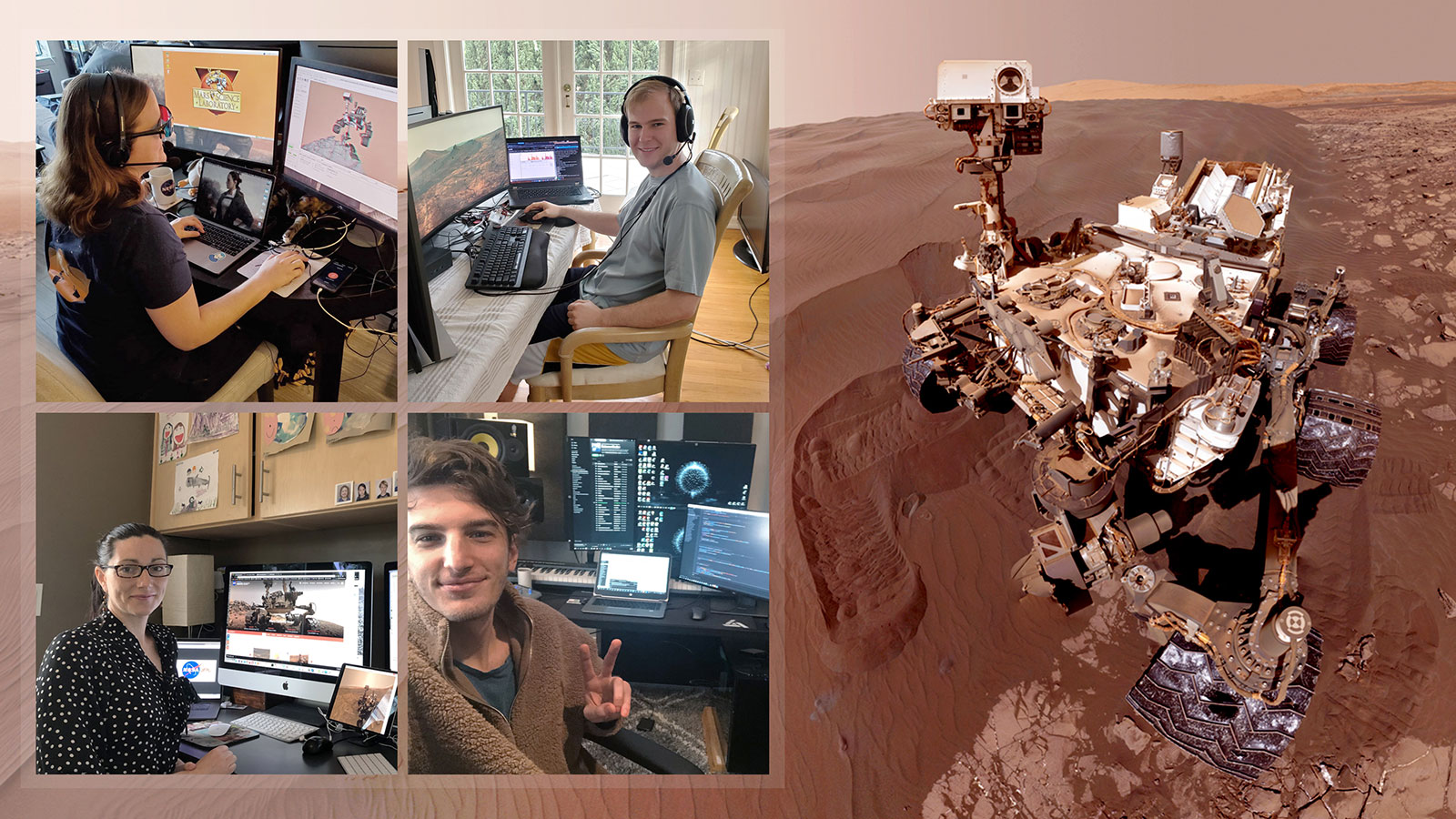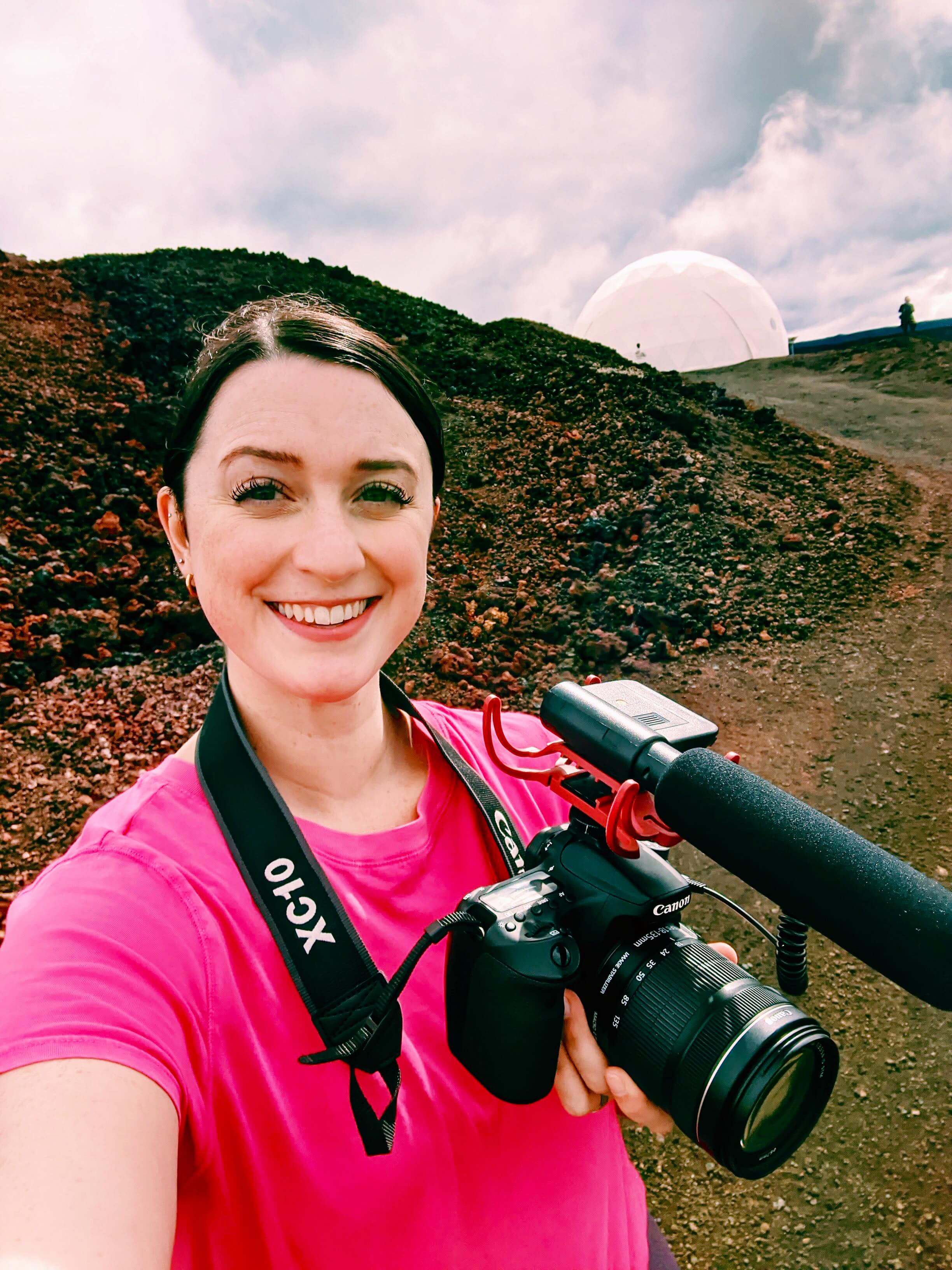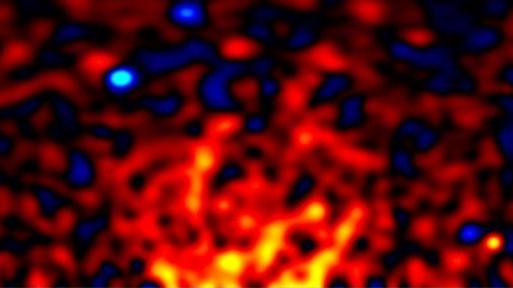How do you drive a Mars rover from home? Don't worry, NASA's got this.

Imagine trying to control a Mars rover from your living room — that's what the team behind NASA's Curiosity rover is doing right now.
People all around the world are working from home right now, including most NASA workers after the space agency'scchiefcJim Bridenstine mandated that all employees work remotely, with the exception of essential mission personnel. That means that the scientists and engineers controlling Curiosity are working in their homes — in their living rooms, at their kitchen tables, with their dogs and cats begging for treats and attention, along with the various other distractions and difficulties working remotely can present.
As of March 20, the entire Curiosity rover team has been working remotely for the first time in the mission's history. This was a serious shift as, not only were the team members dealing with a new working environment, but they were also no longer in the same room working together at NASA's Jet Propulsion Laboratory — which oversees the mission — in Pasadena, California. However, the team quickly adapted and sent out their first command in this new working setup to the rover on Mars.
Related: Amazing Mars photos by NASA's Curiosity rover (latest images)
And it looks like the team has been able to quickly adapt to their new situation. Just two days after this radical shift, on March 22, with some tests and one full practice run under their belt, the team sent commands Curiosity and the rover successfully drilled a rock sample at "Edinburgh" (a location on the Red Planet).
"We're usually all in one room, sharing screens, images and data. People are talking in small groups and to each other from across the room," Alicia Allbaugh, who leads the rover's integrated planning and execution team, said in a NASA statement, adding that "I probably monitor about 15 chat channels at all times. You're juggling more than you normally would."
However, thanks to some advanced planning, the team has been able to make it work. Just in case they needed to go remote, the team started to consider what equipment they might need to work from home and how they might communicate best with one another, according to the statement.
Breaking space news, the latest updates on rocket launches, skywatching events and more!
Still, they can't access all of the equipment that they usually use at JPL from their homes. For example, team members usually use special goggles that shift quickly between the left and right camera views from Curiosity's MastCamvision to help study 3D images of the Martian terrain. The goggles help planners identify details of the red, dusty terrain in order to figure out the best area to send Curiosity and what it could do with its robotic arm.
While those detailed images can help ensure that Curiosity will collect and study the most scientifically interesting targets while also avoiding damage, they do require specialized equipment at JPL. The goggles require the use of graphics cards on powerful computers, all of which are located at the space center. Since mission planners can't use these goggles at home, they've turned to something a bit more low-tech: red-blue 3D glasses.
"It's classic, textbook NASA," Allbaugh said. "We're presented with a problem and we figure out how to make things work. Mars isn't standing still for us; we're still exploring."
- The search for life on Mars: a photo timeline
- Photos: Ancient Mars lake could have supported life
- Curiosity rover's 10 biggest moments in 1st 5 years
Follow Chelsea Gohd on Twitter @chelsea_gohd. Follow us on Twitter @Spacedotcom and on Facebook.
OFFER: Save 45% on 'All About Space' 'How it Works' and 'All About History'!
For a limited time, you can take out a digital subscription to any of our best-selling science magazines for just $2.38 per month, or 45% off the standard price for the first three months.

Chelsea “Foxanne” Gohd joined Space.com in 2018 and is now a Senior Writer, writing about everything from climate change to planetary science and human spaceflight in both articles and on-camera in videos. With a degree in Public Health and biological sciences, Chelsea has written and worked for institutions including the American Museum of Natural History, Scientific American, Discover Magazine Blog, Astronomy Magazine and Live Science. When not writing, editing or filming something space-y, Chelsea "Foxanne" Gohd is writing music and performing as Foxanne, even launching a song to space in 2021 with Inspiration4. You can follow her on Twitter @chelsea_gohd and @foxannemusic.

